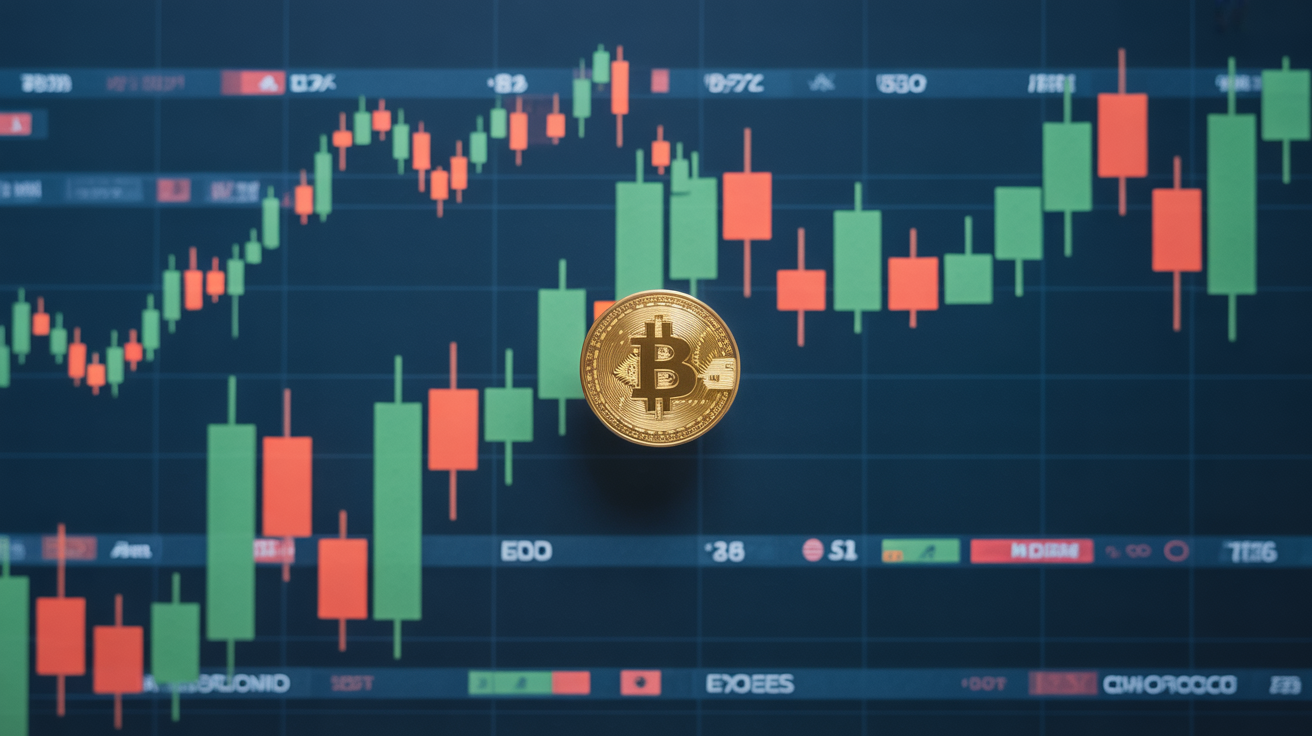Bitcoin Sinks, Asian Markets Stumble as Trump Tariffs Ignite Fears of Chinese Retaliation
Asian financial markets took a hit Thursday following President Donald Trump’s dramatic tariff escalation targeting 180 countries, with China bearing the brunt. As investors wait for Beijing’s response, risk assets including bitcoin are flashing warning signs.
Trump’s sweeping action unveiled Wednesday included a 34% tariff increase on Chinese goods — now totaling 54% — making it the harshest penalty among affected nations. While North American allies Canada and Mexico were excluded, key Asian economies were not.
The announcement rattled markets already uneasy about global growth, sending the yuan to a seven-week low of 7 per dollar and dragging down major Asian equity indices. Japan’s Nikkei dropped to an eight-month low, while U.S. stock futures fell sharply, with the Nasdaq 100 down 2.3% and the S&P 500 off 1.7%.
Bitcoin (BTC), often viewed as a hedge against fiat instability, also came under pressure, sliding from $88,000 to a low of $82,500 before recovering slightly to $83,300. The drop coincides with the potential formation of a “death cross” on BTC’s daily chart, where the 50-day moving average dips below the 200-day — a pattern historically associated with bearish momentum.
“China’s next move is pivotal,” said Robin Brooks, chief economist at the IIF. “A yuan devaluation could trigger a broader wave of capital flight and EM risk repricing, ultimately impacting U.S. markets too.”
Some analysts believe China could use currency policy as a strategic lever, but such a move may also invite new volatility into the global financial system, potentially harming its own capital markets.
Meanwhile, crypto derivatives traders appear to be preparing for more downside, with data from Deribit and Amberdata indicating a tilt toward protective put options through June.
With tension building on both sides of the Pacific, investors are bracing for further volatility across equities, currencies, and digital assets.
Share this content:




